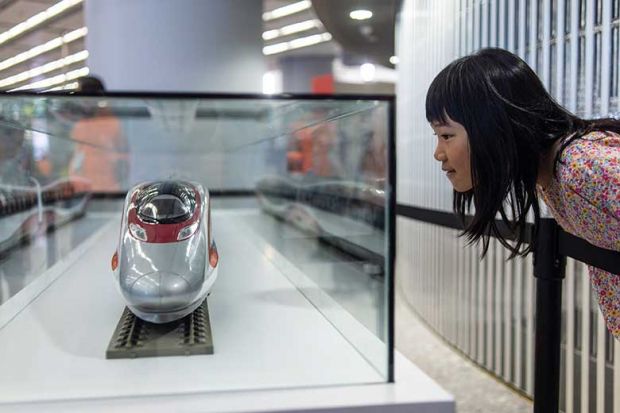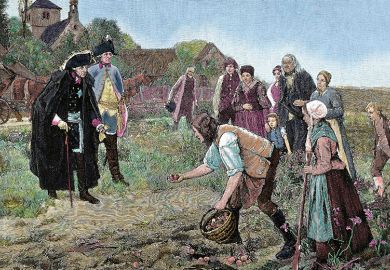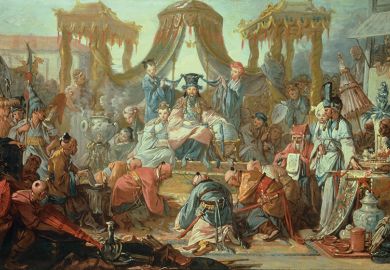Elisabeth Köll, professor of history at the University of Notre Dame, has done a rare thing, and done it magnificently. She has written a book that will inform historians and economists of China, but also curious new readers, who will get a brainful of China’s development from the last emperors to the current president-for-life, Xi Jinping.
Köll’s is a comprehensive study of a key element in China’s economic, social and business history, ranging over great distances and times, and considerable changes inside China and in the country’s relations with intrusive foreign powers. The author travelled widely within the country to examine the piecemeal development of railroads – always in the face, she asserts, of non-cooperation from officials who treat the history of Chinese railways as a secret to be shielded from prying eyes.
One of Köll’s most important assertions, which contradicts much that China specialists have long believed, is that the slow and random progress of Chinese railways was not a result of aggressive ignorance about railways and their related technologies and environmental effects. Until the late 1930s, the fragmentation derived from the fact that investment and development were largely in the hands of the main colonial powers, especially Britain: “China had to negotiate with several different nations trying to impose their specific financial, technological, managerial, and linguistic requirements on the process of railway construction and management.”
During the 1930s, expansion of the railways was hindered by Japan’s occupation of much of the country. After the 1945 liberation, Chiang Kai-shek’s government resumed railway construction – which had been a dream, Köll contends, of Sun Yat-sen in the early Republican period. During the Maoist years from 1949 to the Chairman’s death in 1976, there was tumult and political theatrics on the railways, which continued until the Deng Xiaoping reforms of the late 1970s and up to now, when railways are seen by the Xi regime as a key tool in the march towards national greatness. But in an incisive insight, Köll asserts that the current extension of the network reaches back to the economic and financial hopes and plans of the early foreign investors and builders.
She is adept at showing the impact of railways on all aspects of Chinese life. Of course, the ever more vast network, which she describes and analyses largely by drawing on her own meticulous travels, has enabled increasing numbers of Chinese people from every economic group to travel from one place to another, notably, these days, poor farmers moving to cities seeking work. But for decades the railways have also featured in the progress of Chinese agriculture and industry, which now move their products within the country and abroad. In her mighty book, Köll shows that – considering the obstacles – it is astonishing that China’s railways developed as well as they have.
Jonathan Mirsky was formerly associate professor of Chinese history and comparative literature at Dartmouth College in the US.
Railroads and the Transformation of China
By Elisabeth Köll
Harvard University Press
416pp, £31.95
ISBN 9780674368170
Published 25 January 2019
POSTSCRIPT:
Print headline: The locomotives of progress
Register to continue
Why register?
- Registration is free and only takes a moment
- Once registered, you can read 3 articles a month
- Sign up for our newsletter
Subscribe
Or subscribe for unlimited access to:
- Unlimited access to news, views, insights & reviews
- Digital editions
- Digital access to THE’s university and college rankings analysis
Already registered or a current subscriber?








